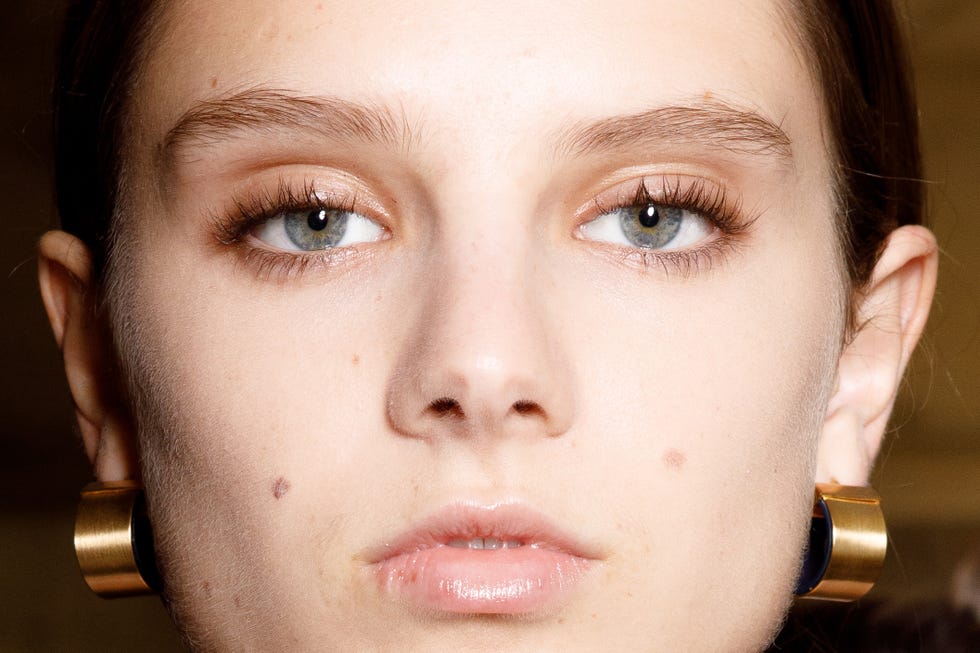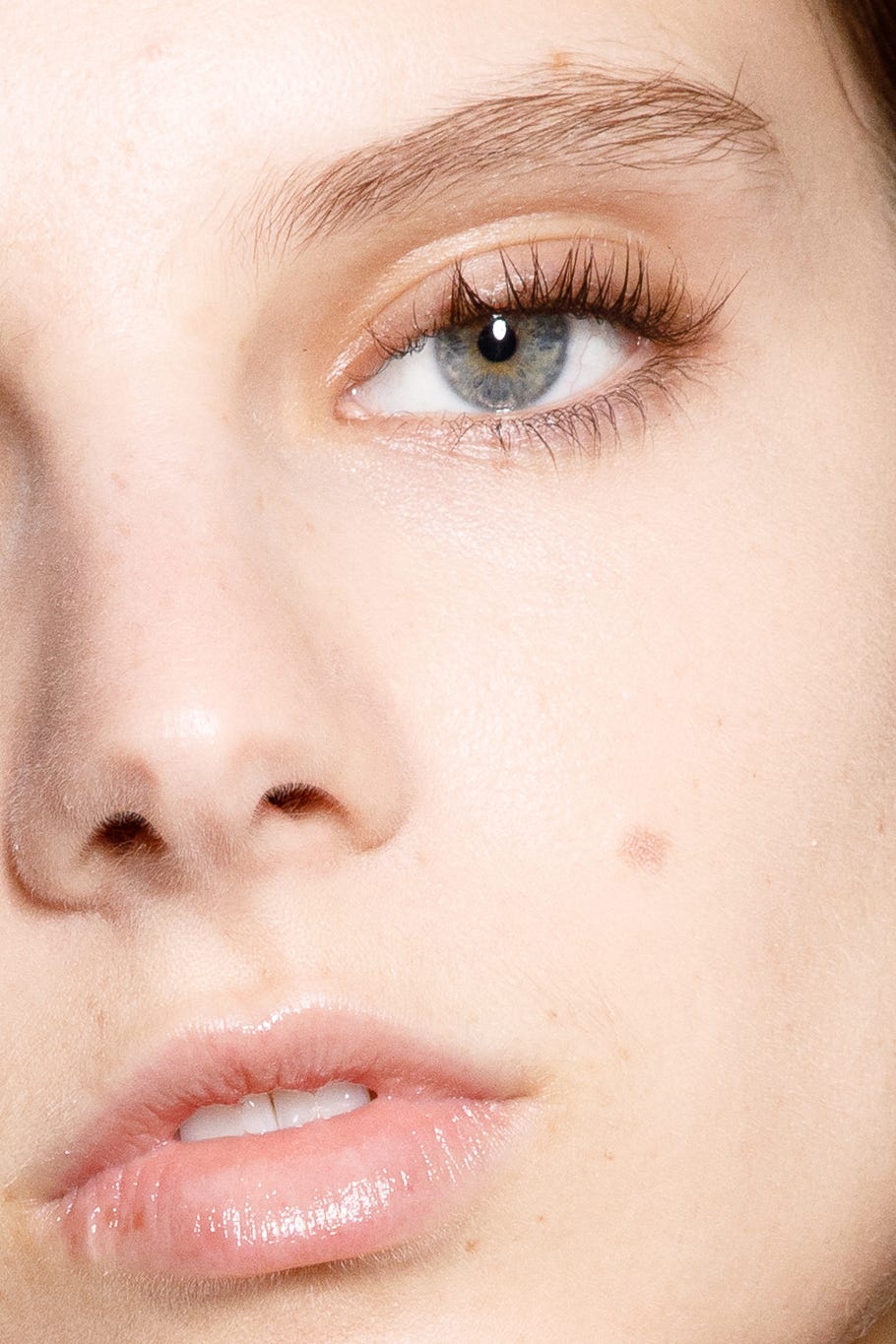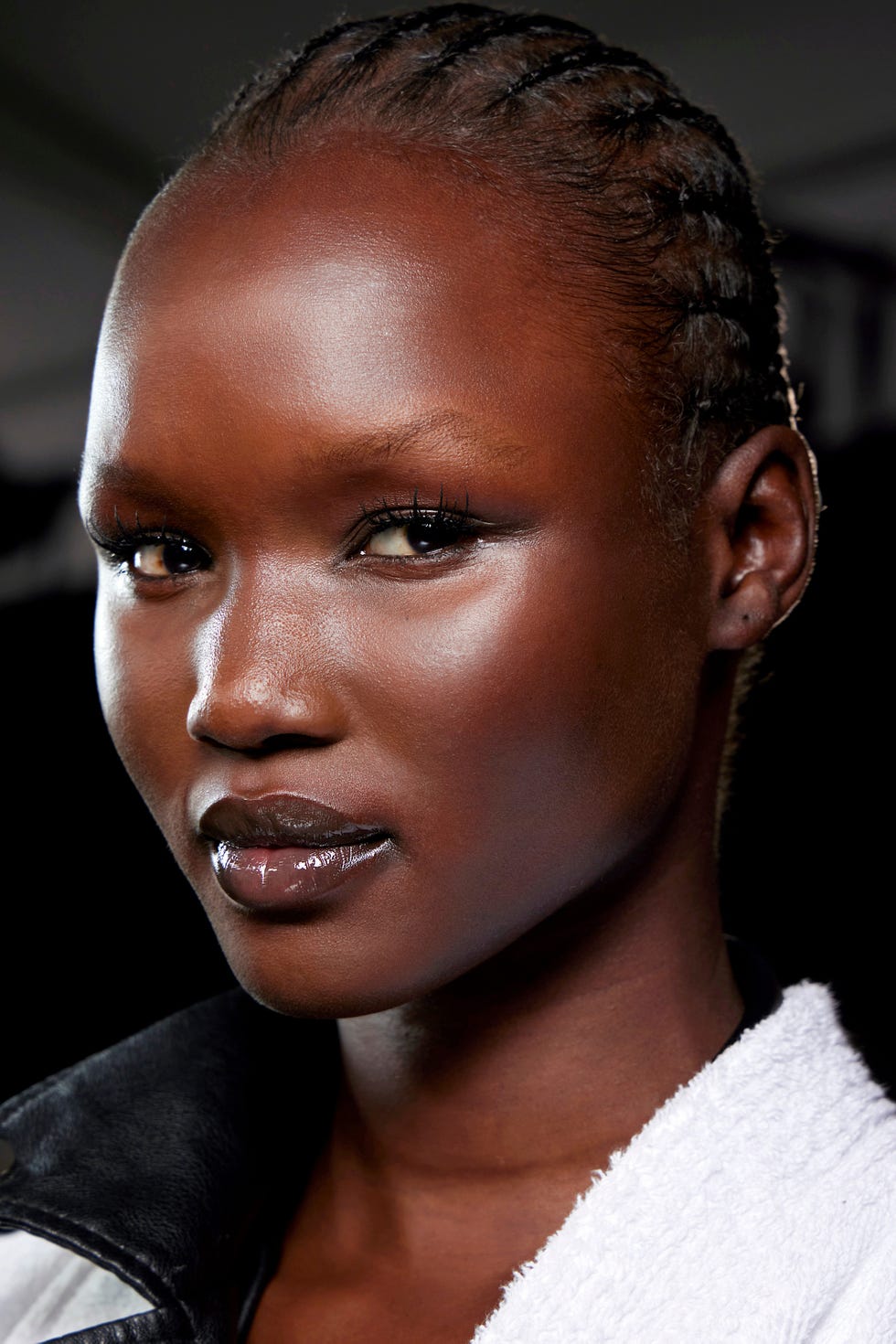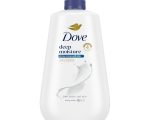The original post is located at www.elle.com
In the year 2024, it doesn’t matter whether or not you were born with long, fluttery eyelashes—now you can grow them, like you would a chia pet. Lash serums, or serums that go on your eyes as opposed to your face, seem like magic, because guess what? They actually work. On TikTok, users have been bragging about their lengthy lash results for months; as of this August, searching “best lash serum” will lead you to nearly 250 million videos on the platform. And in 2021, the eyelash serum market in the U.S. was valued at nearly $800 million, according to Polaris. But unfortunately, many are now finding that lash serums can come with a hidden dark side.
Users are starting to notice that lash serums are causing unpleasant and sometimes downright ghastly side effects. Some terrifying TikTok videos feature lash-serum lovers talking directly to the camera with raw, swollen eyes. Others have admitted to falling victim to so-called “eyelash serum blindness,” meaning users were initially unaware of the side effects, like reddish rings and sunken eyes, that developed over time.
Even doctors have fallen for the allure of longer lashes—with serious repercussions. After sharing her story on TikTok, Umbareen Mahmood
The main ingredients in lash serums are prostaglandin analogs, or PGAs. These PGAs do serve an approved scientific purpose—in glaucoma drops, prostaglandin analogs are able to lower eye pressure. Their lash-enhancing benefits were found accidentally. “[Doctors] were noticing that patients with glaucoma had beautiful, long eyelashes,” says Mona Gohara, MD, associate clinical professor of dermatology at Yale School of Medicine. “They figured out that these prostaglandins actually help to grow lashes, and the first prostaglandin lash serum was born.” According to the American Academy of Ophthalmology, the prostaglandin analog bimatoprost found in Latisse, the only prescription medication for growing lashes, is FDA-approved, but the prostaglandin analog isopropyl cloprostenate, which is found in most over-the-counter lash serums, is not FDA-tested, so the potential side effects are less well-known. (As a reminder, beauty products, except for those with color additives, are not regulated by the FDA.)
Prostaglandin-laced lash serums work incredibly well, as the ingredients cause the lashes to enter the anagen or growing phase, even when they’re technically “done growing.” The problem is that consumers have been caught off guard by the side effects. If you ask a doctor, hyperpigmentation is a well-known side effect of prostaglandins—in glaucoma drops, it sometimes causes light irises to darken (in very rare cases, this might happen with eyelash serums, too). For lash serums, darkening mainly manifests on the lash line. “People can notice that their skin actually turns a little bit more brown along the lid margin,” Gohara says. “[It] can be irritating. People can be allergic to them. They can notice irritation like redness or inflammation.”
Whether used for glaucoma medicine or lash serums, a more serious side effect of prostaglandins is that they can also cause muscle weakness. This is what happened to Mahmood. Though it’s extremely rare, one study from Clinical Ophthalmology, a peer-reviewed journal, found that topical bimatoprost, a popular type of prostaglandin analog, might lead to periorbital muscular atrophy or muscular weakness around the eye. In Mahmood’s case, this led to asymmetry, as one eye was opening more to compensate for the other eye’s weakness. Even after she stopped using lash serum, Mahmood ended up having surgery to fix the imbalance in her eyes.
Mahmood’s is an extreme case. People who experience side effects from lash serums are more likely to see irritation or hyperpigmentation. “Some people talk about losing some of the fat pad [the soft tissue under the eye] with prostaglandin,” Gohara confirms. “[It makes] the eye socket more hollow—I don’t see that as a very common side effect.” Also just because prostaglandins cause these side effects, it doesn’t mean they are “bad” ingredients; for those with glaucoma, prostaglandins are actually a lifeline. In Gohara’s experience, serious side effects from lash serums are rare.
Unsurprisingly, some brands are also pushing back on the idea that prostaglandins are dangerous. For their part, GrandeLASH, a popular lash serum brand with prostaglandins, has conducted their own independent research. “GrandeLASH-MD underwent an 8 month long clinical study with 120 participants—an extensive and robust study, above and beyond what is required for cosmetic products,” the brand said in a statement. “Through this study, the GrandeLASH-MD formulation has been proven to not cause iris color change or periorbital fat loss.”
If you want to use a lash serum, be aware of the risks. But also know that not all lash serums have prostaglandins. Mahmood also says that castor oil, which is known for its hair strengthening properties, might also be a suitable alternative. “Castor oil hydrates and prevents breakage,” she says. “But to my knowledge, there aren’t really any human studies that definitively show that it stimulates hair growth.”
At the end of the day, there’s always lengthening mascara —and while it might not make your lashes scrape against your sunglasses, it also won’t leave you with any damaging side effects when you wash it off.

Katie Berohn is the Beauty Assistant at Good Housekeeping, Woman’s Day and Prevention magazines, all part of the Hearst Lifestyle Group. She graduated from the University of Colorado, Boulder, with a major in journalism and minor in technology, arts, and media, and earned her Master’s Degree at NYU’s Graduate Program of Magazine Journalism. In addition, Katie has held editorial internships at Denver Life Magazine, Yoga Journal, and Cosmopolitan, a digital editorial internship at New York Magazine’s The Cut, a social good fellowship at Mashable, and has freelanced for HelloGiggles. _When she’s not obsessing over the latest skincare launch or continuing her endless search for the perfect shade of red nail polish, Katie can be found in a hot yoga class, trying everything on the menu at New York’s newest restaurant, or hanging out at a trendy wine bar with her friends.











